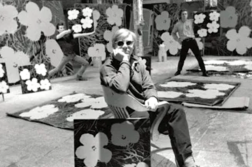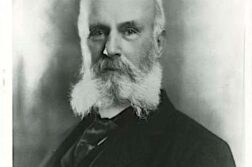C. A. TRIPP was born in Denton, Texas, a small town not far north of Dallas, on October 4, 1919. His father was an amiable cabinet-making teacher and hardware store proprietor. His mother, the descendant of early settlers, came from a family that owned much of Denton’s real estate and lived in its grandest residence. More temperamental than her husband, a fierce champion of conservative Christian values, she was quick to condemn what she viewed as immorality. In short, Tripp’s mother was a classic Southern-belle enforcer of “good behavior.”
Perhaps, then, it is something of a wonder that her son went on to write a book that turned traditional notions of sexual behavior upside down. The Homosexual Matrix, published in 1975, was the first work to explain in cogent psychological terms why homosexuality is not a developmental failure to achieve heterosexuality. That had been the standard view: gays are defective straights. Several prominent sex researchers, notably Alfred Kinsey, psychologist Evelyn Hooker, and Yale biologist Frank Beach had published evidence that challenged the accuracy of this mainstream belief. But until Matrix came along, no one had produced a systematic analysis of the basic mystery: if homosexuals aren’t wrecks on the highway to heterosexuality, then what are they?






